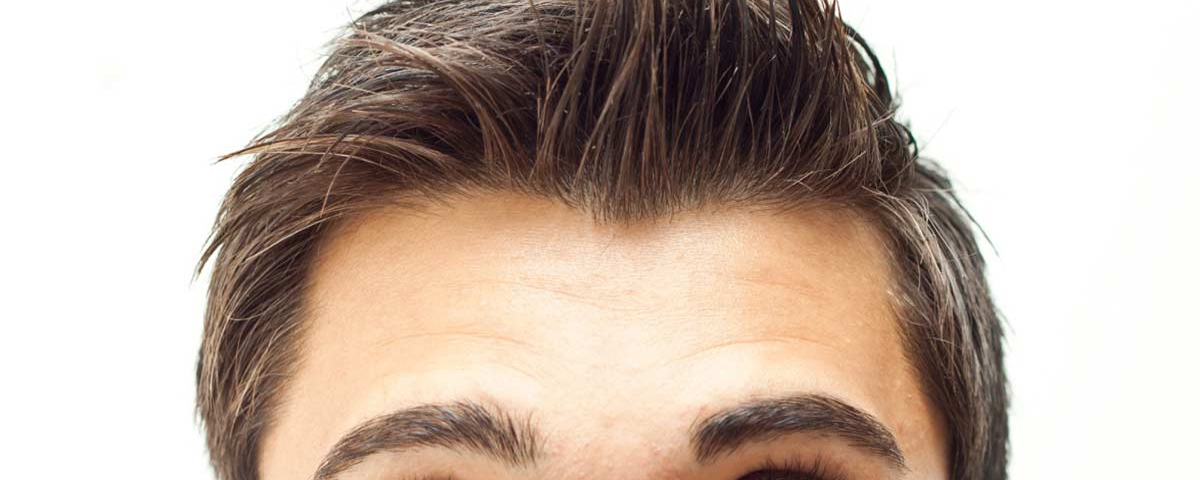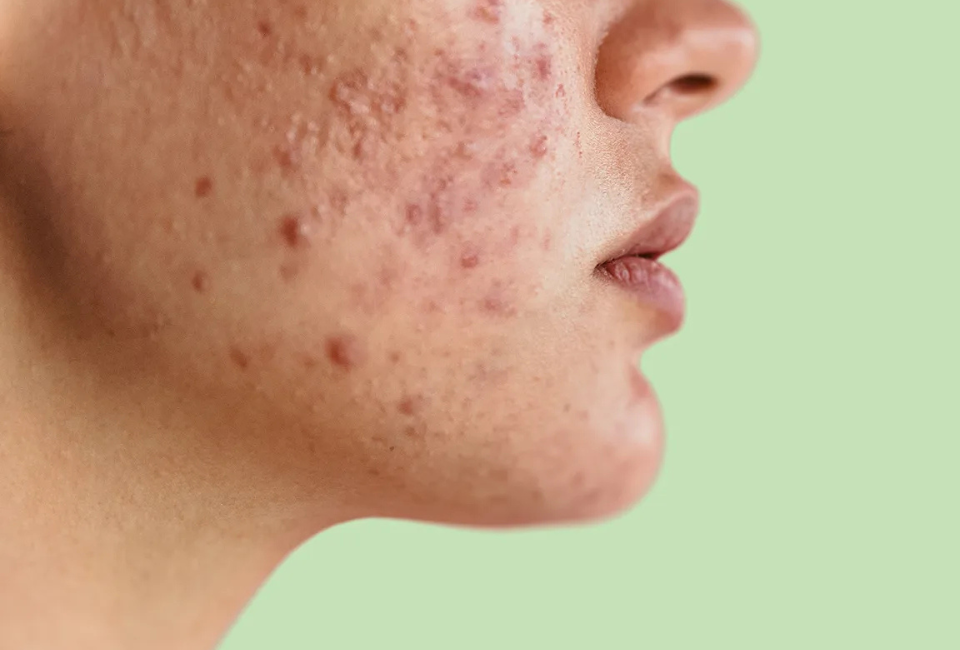- Make An Appointment
- +91-9460006594
- +91-9571548977
- info@jodhpurskintreatment.com
Uneven Hairline in Men: Genetic Trait or Hair Loss Sign?

Laser Treatment: Skin Rejuvenation & Resurfacing Guide
January 20, 2025FUT vs FUE: Understanding Hair Transplant Techniques, Meaning, and Key Differences
March 8, 2025Table Of Content
A man’s hairline plays a significant role in his overall appearance, framing his face and influencing perceived age and attractiveness. However, not all hairlines are symmetrical, and slight irregularities are common. An uneven hairline male may appear naturally due to genetic factors or develop over time due to hair loss, stress, lifestyle habits, or medical conditions. Some men are born with an irregular hairline, which remains unchanged throughout life, while others notice gradual shifts as they age.
These changes can lead to concerns about receding hairlines, thinning hair, or pattern baldness. Factors like hormonal fluctuations, excessive hairstyling, and scalp health also contribute to hairline variations.
This article will explore different types of hairlines male, how to distinguish a natural hairline from a receding one, and whether an uneven hairline male is a sign of hair loss or simply a genetic trait. Understanding these distinctions can help men determine if they need proactive hair care, medical treatments, or if their hairline is simply a unique feature of their genetics.
What is an Uneven Hairline in Males?
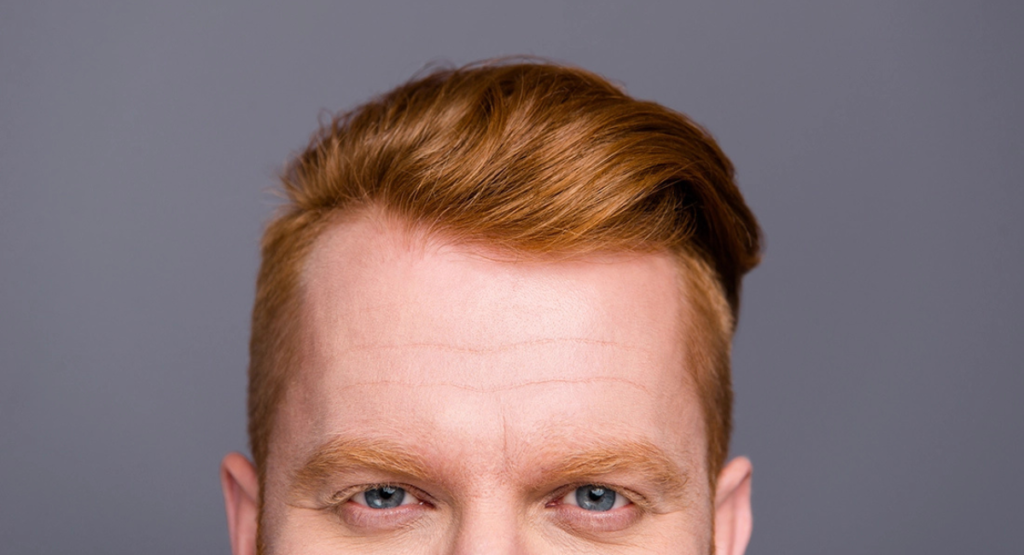
An uneven hairline male refers to a hairline that is not perfectly symmetrical, meaning one side appears higher or lower than the other. While some men naturally have an uneven hairline due to genetics, others develop one over time due to external factors such as male pattern baldness, traction alopecia, stress, poor scalp health, or excessive hairstyling.
Hair treatments like frequent bleaching, tight hairstyles, and the overuse of heat tools can weaken hair follicles, contributing to an uneven or receding hairline. Additionally, hormonal imbalances and medical conditions like alopecia areata may play a role in altering the hairline’s shape.
Understanding different hairline types male and recognizing the difference between a normal hairline vs receding is crucial to identifying whether your hairline is changing due to genetics, lifestyle habits, or an underlying hair loss condition.
Monitoring hair density, shedding patterns, and the shape of the hairline over time can help determine whether intervention, such as hair restoration treatments or changes in hair care routines, is necessary.
Types of Hairlines in Males
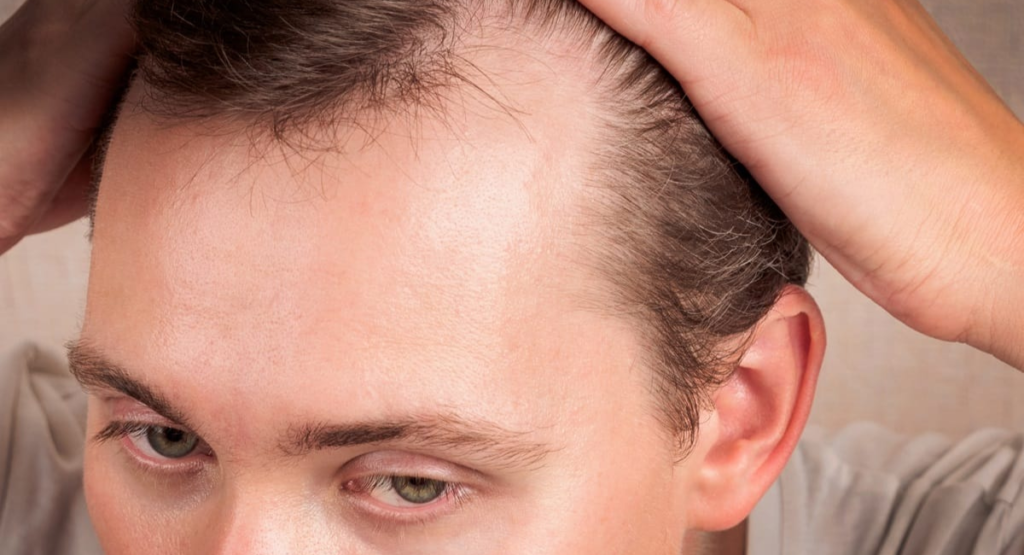
1. Juvenile Hairline
A juvenile hairline is typically seen in younger individuals and is characterized by its straight or slightly curved shape. It sits lower on the forehead, providing a fuller, more defined appearance. This type of hairline often remains unchanged throughout childhood and adolescence. The hairline’s youthful nature gives the face a softer, rounder look, contributing to a more youthful appearance. In most cases, a juvenile hairline is perfectly normal and a natural stage in a man’s development.
2. Mature Hairline
As men age, their natural hairline often shifts slightly upward, creating what is known as a mature hairline. This change is a natural and gradual process, usually beginning in the late 20s to early 30s. A mature hairline may not show signs of significant hair loss but instead represents a typical transition to a more defined, slightly receded shape. It is essential not to confuse a mature hairline with the early stages of male pattern baldness or hair thinning.
3. Receding Hairline
A receding hairline gradually moves backward, exposing more of the forehead over time. Unlike a middle hairline or low hairline, it typically forms an “M” shape, with the temples receding faster than the rest of the hairline. This pattern is one of the most common signs of male pattern baldness (androgenic alopecia). As the hairline recedes, it may also be accompanied by thinning at the crown, leading to more noticeable bald patches.
4. Triangle Hairline
A triangle hairline is characterized by a distinctive triangular shape where the hairline dips at the temples, often creating a sharp, angular look. This pattern is frequently seen in men with a genetic predisposition for it and does not always signal hair loss. While it may appear more pronounced in some individuals, a triangle-shaped hairline is a natural variation and typically does not indicate any medical concern or baldness.
5. Zigzag Hairline
A zigzag hairline is marked by uneven or wavy patterns along the forehead. The line may appear jagged, almost resembling a series of small waves or zigzags. While some men naturally possess this pattern, others may develop it over time due to factors like hairstyling, stress, or male pattern baldness. A zigzag pattern can occur from hair thinning at the temples or along the forehead’s edge, but it may also be hereditary.
6. Straight Hairline
A straight hairline runs evenly across the forehead without major dips or peaks, creating a clean, uniform appearance. This type of hairline is one of the most desired types of hairlines male, as it offers a symmetrical, balanced look that complements a variety of face shapes. Men with a straight hairline often find it easier to style their hair without the need for correction or adjustment, making it a sought-after characteristic in both fashion and haircare.
7. Low Hairline
A low hairline sits closer to the eyebrows, making the forehead appear smaller and providing a more pronounced facial appearance. This type of hairline is more common in younger individuals, who often have a fuller, rounder face. In some cases, a low hairline may gradually shift upwards with age, but it is usually a natural feature and not a sign of hair loss.
8. Middle Hairline
A middle hairline sits in the center of the forehead, often creating a symmetrical balance between the upper and lower halves of the face. This is one of the most common types of hairlines male, offering a harmonious look that complements various facial features. A middle hairline helps balance facial proportions and is often seen as a sign of youthfulness and evenness in overall appearance.
Uneven Hairline Male: Genetic or Hair Loss?
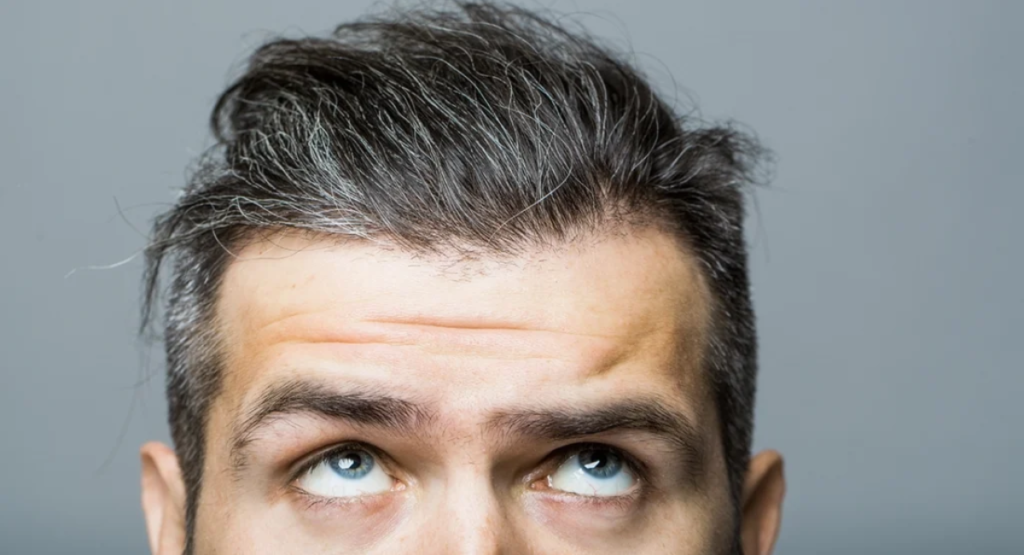
An uneven hairline male can be either genetic or a sign of hair loss. Let’s examine both possibilities:
1. Genetic Uneven Hairline
- If you’ve had an uneven hairline male since childhood, it is likely due to genetics.
- Some men inherit a triangle hairline or slightly asymmetrical natural hairline.
- A zigzag hairline may also be hereditary and is not necessarily linked to hair loss.
2. Uneven Hairline Due to Hair Loss
- A hairline that becomes increasingly uneven over time could be a sign of male pattern baldness.
- Hair thinning, excessive shedding, and a noticeable normal hairline vs receding transformation are warning signs.
- If your hairline shifts backward in an irregular pattern, it could indicate progressive hair loss.
How to Determine If Your Uneven Hairline is Receding
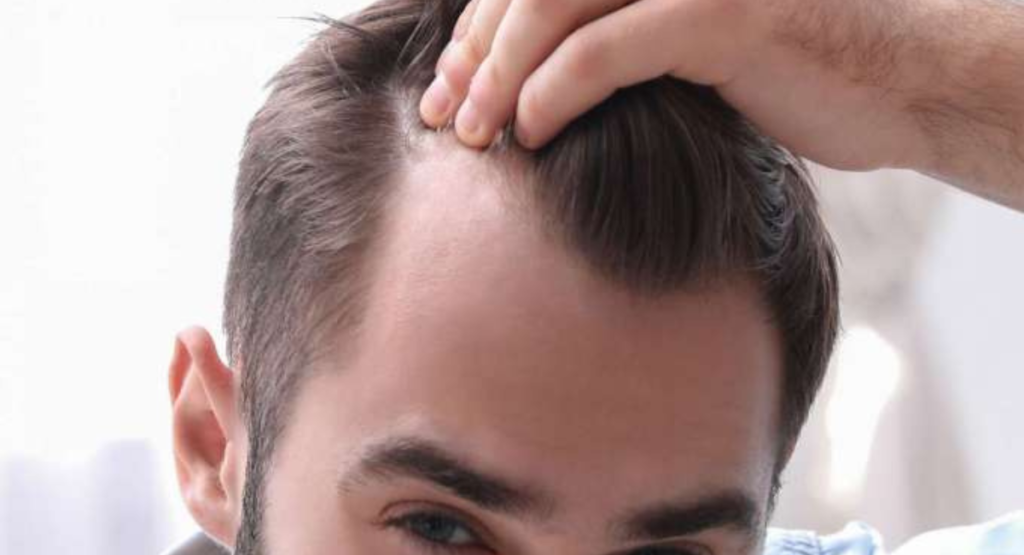
If you’re unsure whether your uneven hairline male is natural or due to hair loss, consider these signs:
Signs of a Receding Hairline
✔ Hairline moving backward over time
✔ Increased hair shedding
✔ Thinner hair at the temples
✔ Formation of a widow’s peak
Signs of a Natural Uneven Hairline
✔ Hairline remains unchanged over the years
✔ No excessive hair shedding
✔ Minor asymmetry with no progressive hair loss
If you notice changes in your hairline, seeking professional advice may help. In some cases, treatments like Hair Fall Treatment in Jodhpur could be beneficial.
Causes of an Uneven Hairline in Males
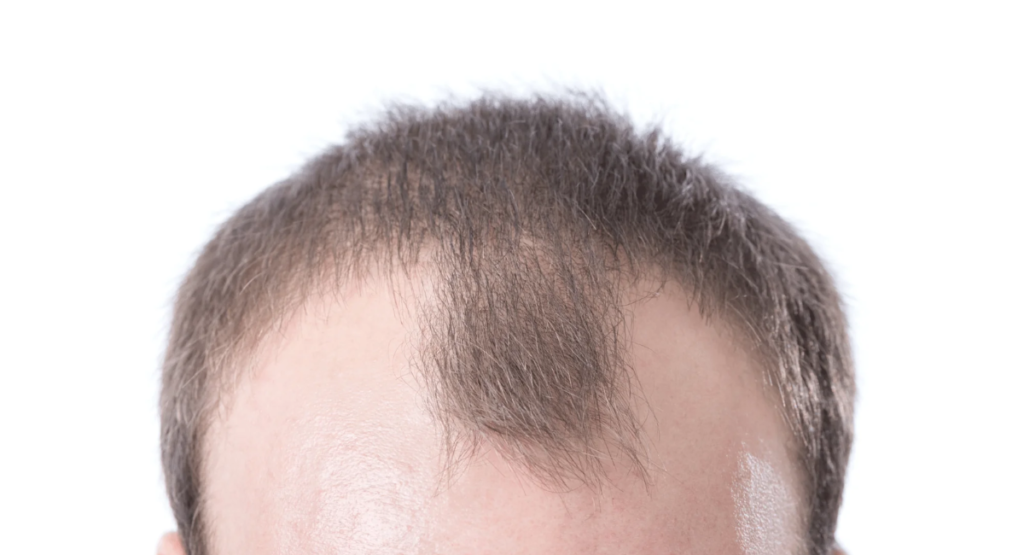
1. Genetics
Many men naturally have an uneven hairline male due to hereditary traits. If your father or grandfather had an asymmetrical hairline, you might too.
2. Male Pattern Baldness
One of the most common reasons for an uneven hairline male is androgenetic alopecia (male pattern baldness). This condition gradually alters the hairline, creating an irregular appearance.
3. Stress and Lifestyle
Poor diet, high stress levels, and lack of sleep can contribute to hair loss and changes in hairline types male.
4. Hairstyling Habits
Excessive styling, tight hairstyles, and chemical treatments can lead to an uneven hairline male over time.
5. Hormonal Changes
Hormonal imbalances, particularly those involving dihydrotestosterone (DHT), can cause hair thinning and an irregular natural hairline.
How to Fix an Uneven Hairline Male?
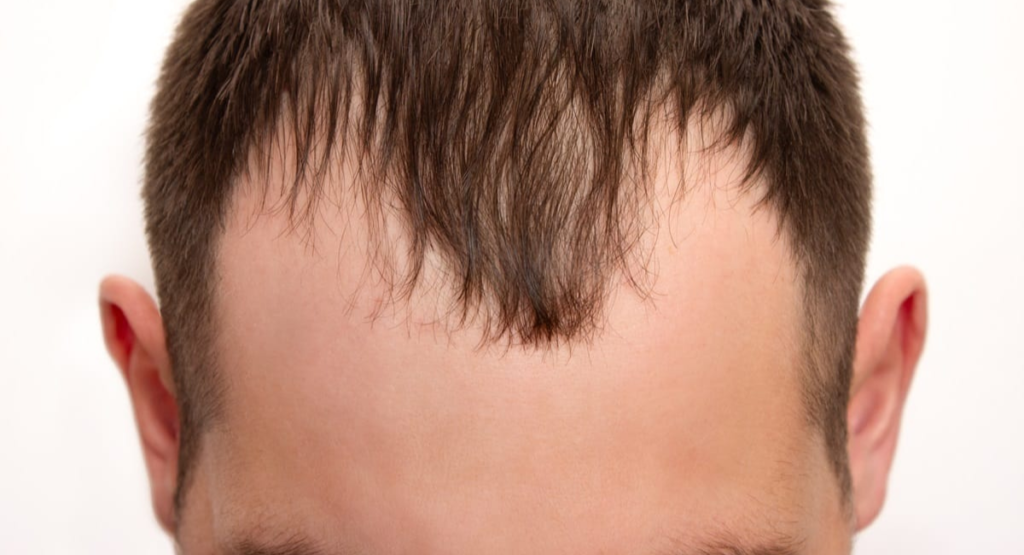
1. Hair Transplant
A hair transplant can permanently correct an uneven hairline male, creating a more symmetrical straight hairline.
2. Medications
FDA-approved treatments like minoxidil and finasteride can slow hair loss and improve the appearance of a zigzag hairline or triangle hairline.
3. Hairstyling Adjustments
A well-chosen haircut can make an uneven hairline male less noticeable.
4. Natural Remedies
Scalp massages, essential oils, and a healthy diet can promote hair growth and maintain a well-defined natural hairline.
5. PRP Therapy
Platelet-rich plasma (PRP) therapy stimulates hair growth and may help restore balance in an uneven hairline male.
Can You Prevent an Uneven Hairline?
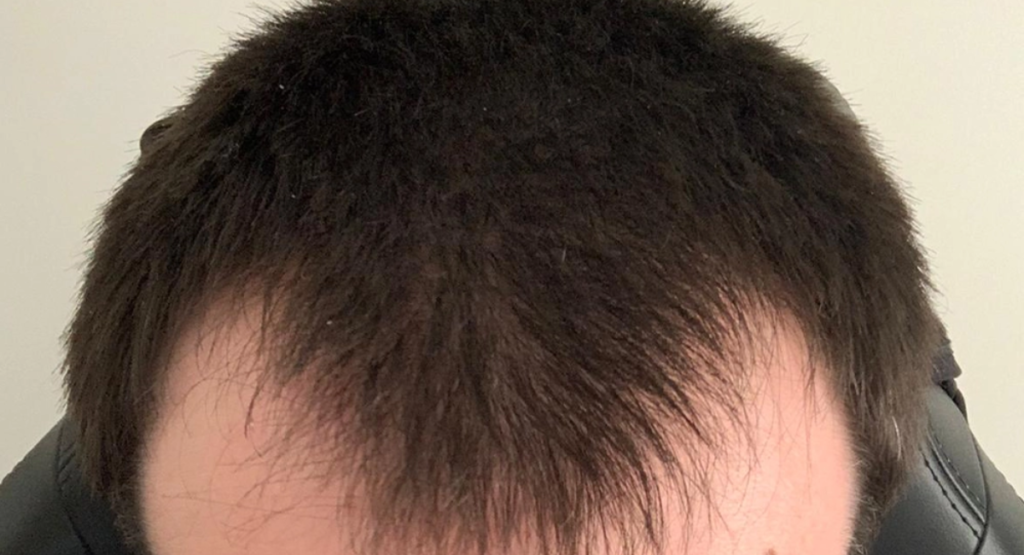
While genetics cannot be changed, preventive measures can help maintain a balanced natural hairline:
✔ Avoid excessive heat and chemical treatments
✔ Reduce stress and maintain a healthy lifestyle
✔ Use mild, hair-friendly products
✔ Get regular scalp massages to promote circulation
Final Thoughts: Should You Be Concerned About Your Uneven Hairline Male?
An uneven hairline male does not always indicate hair loss. If you’ve always had a slightly asymmetrical middle hairline or low hairline, it’s likely genetic. However, if your natural hairline is becoming increasingly uneven, receding, or thinning, it could be an early sign of male pattern baldness.
Understanding types of hairlines male, such as triangle hairline, zigzag hairline, or straight hairline, helps determine whether your hairline is naturally uneven or changing due to hair loss.
If you are concerned about hair loss, early intervention with treatments like PRP therapy, medications, or hair transplants can help restore a balanced natural hairline.
Would you like expert guidance? Consider consulting a specialist for Hair Fall Treatment or similar treatments in your area for a professional assessment.
FAQs
Is an uneven hairline in males normal?
Yes, an uneven hairline male is common and can be a natural trait. Many men have slightly asymmetrical hairlines due to genetics. However, if the hairline becomes more uneven over time, it could be a sign of hair loss.
What causes an uneven hairline in males?
An uneven hairline male can be caused by genetics, male pattern baldness, stress, poor hairstyling habits, or hormonal imbalances. Identifying the root cause helps determine if it’s a natural feature or a developing issue.
How do I know if my uneven hairline is due to hair loss?
If your natural hairline is changing rapidly, receding at the temples, or showing increased hair thinning, it may indicate male pattern baldness. Observing a normal hairline vs receding comparison can help identify early hair loss.
Can an uneven hairline be fixed?
Yes, treatments like hair transplants, PRP therapy, medications (minoxidil, finasteride), and hairstyling adjustments can help correct an uneven hairline male.
Does a zigzag hairline indicate hair loss?
Not necessarily. A zigzag hairline can be a natural hair growth pattern or caused by hairstyling. However, if the pattern becomes more pronounced over time, it may indicate hair thinning.

